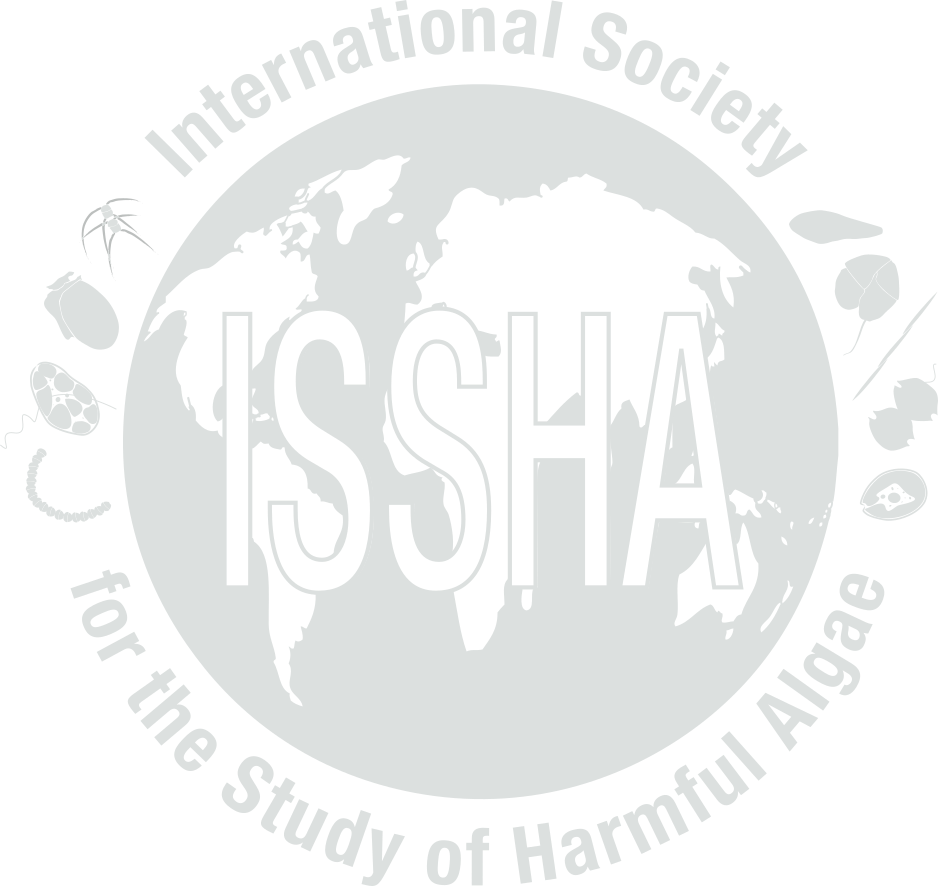


| Event name: | DK-95-001 | |
| Country: | DENMARK | |
|
Nature of the harmful event: |
High Phyto concentration | |
|
Event directly affected: |
||
| Toxicity detected: | No | |
| Associated syndrome: | ||
| Unexplained toxicity: | No | |
| Species implicated in toxin transmission (transvector): | ||
| Report the outcome of a monitoring programme: | Yes | |
| Event occurred before in this location: | No | |
| Individuals to contact: | ANDERSEN, Per | |
| Location: | Latitude: , Longitude: | |
| General location information: |
, HAB Area code(s): DK-04 |
|
| Additional location information: | ||
| Bloom event dates (yyyy/mm/dd): | ||
| Quarantine levels dates (yyyy/mm/dd): | ||
| Additional date-related information: | highest concentrations were found during spring and summer periods. | |
| Causative organism known: | Yes | |
| Causative Species/Genus: |
Chrysochromulina spp.
( cells/L)
low concentration Phaeocystis pouchetii ( cells/L) low concentration Pseudo-nitzschia seriata ( cells/L) Low concentration. Pseudo-nitzschia delicatissima ( cells/L) Low concentration. Noctiluca scintillans ( cells/L) low concentration Gyrodinium aureolum ( cells/L) low concentration Dinophysis rotundata ( cells/L) low concentration Dinophysis acuta ( cells/L) low concentration Dinophysis norvegica ( cells/L) low concentration Alexandrium tamarense ( cells/L) low concentration Alexandrium ostenfeldii ( cells/L) low concentration Gymnodinium sanguineum ( cells/L) high concentration Prorocentrum micans ( cells/L) high concentration. Prorocentrum minimum ( cells/L) high concentration. Dinophysis acuminata ( cells/L) high concentration Nodularia spumigena ( cells/L) low concentration. |
|
| Co-Ocurring Species/Genus: | ||
| Chlorophyll concentration, if known: | µg/l | |
| Additional bloom information: | During summer the biomasses were dominated by diatoms e.g. Rhizosolenia fragilissima and S. costatum and dinoflagellates P. minimum, P. micans and G. sanguineum. | |
| Event-related bibliography: | ||
|
||||||||||||||||||||||||||
| Nutrient information: | ||||||||||||||||||||||||||
| Temperature Range During Event: | Max: °C, Min: °C | |||||||||||||||||||||||||
| Salinity Range During Event: | ||||||||||||||||||||||||||
| Bloom location in the water column: | ||||||||||||||||||||||||||
| Growth: | ||||||||||||||||||||||||||
| Growth Comments | ||||||||||||||||||||||||||
| Additional Environmental information: | The high biomasses during the summer period were the result of high input of inorganic nutrients from the sediments as a result of oxygen deficiency in the calm and sunny summerperiod. | |||||||||||||||||||||||||
|
|||||||
| Kit used: | Type of kit used: | ||||||
| Additional information: | |||||||
| Economic losses: | |||||||
| Management decision: | Harvesting of mussels were closed to restricted during several periods because of high concentrations of D. Acuminata and D. Norvegica. Figure 1 and 2. | ||||||
| Additional harmful effect information: | No fishkills caused by HABīs were registred in 1995. DSP, PSP and ASP were not registered in 1995. | ||||||
